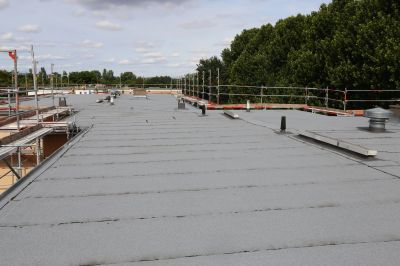Optimal Timing for Roofing Services
Scheduling roofing services at the optimal time can ensure quality workmanship and longer-lasting results. The most suitable periods typically depend on weather conditions, temperature, and humidity levels, which influence the installation and repair processes.
Spring offers moderate temperatures and less precipitation, making it ideal for roofing projects. It allows for proper curing and adherence of roofing materials.
Summer provides longer daylight hours and stable weather, facilitating efficient project completion. However, high temperatures require careful planning to prevent material issues.
Fall features cooler temperatures and dry conditions, suitable for roofing work. It also allows projects to be completed before winter.
Winter is generally less ideal due to cold temperatures, snow, and ice, which can hinder installation and affect material performance. However, in milder climates, certain roofing work can still be performed.

Ways to make Roofing Service work in tight or awkward layouts.

Popular materials for Roofing Service and why they hold up over time.

Simple add-ons that improve Roofing Service without blowing the budget.
Understanding seasonal patterns helps in planning roofing projects effectively. For example, spring and fall are often preferred for their moderate weather, which minimizes delays and complications. Additionally, timely roofing services can prevent minor issues from escalating into costly repairs.


